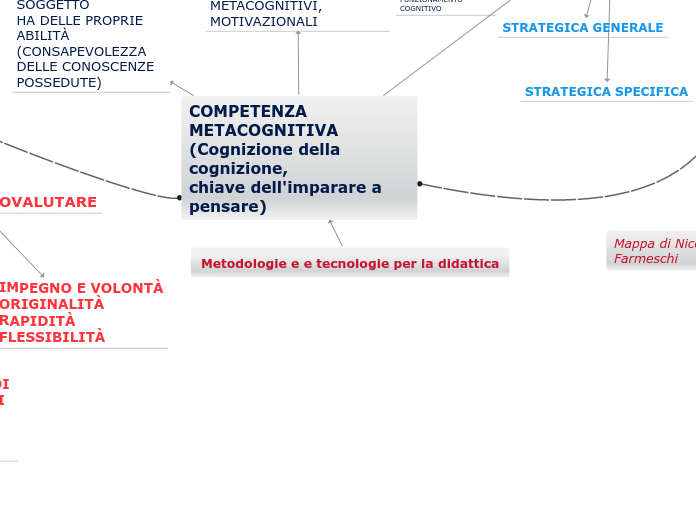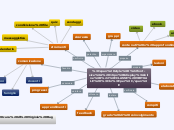IL LINGUAGGIO NON VERBALE CORPOREO
Who is your character?
Type in the name of the character you are going to analyze.
PROGETTAZIONE
Ambienti di apprendimento
Aula, Web
Strumenti
Computer, Lim
Strategie
Imitative, interattive e attive
Apprendimento collaborativo
Tempi
15 ore di lezione ripartite in 3 fasi operative (5 ore per ogni fase operativa)
Prerequisiti
Mostrare e apprezzare le relazioni interpersonali
What is the character's role in the story?
Examples:
- Protagonist: the main character in a literary work
- Antagonist: the main character that opposes the protagonist in a literary work
- Flat character: reveals only one or two personality traits, and the trait(s) does (do) not change
- Round character - a well-developed character who demonstrates varied and sometimes contradictory traits
Obiettivi Formativi
What were the events that affected the character's evolution the most?
Example:
- marriage
- birth of their first child
- death of a family member
- beginning of the war
- separation
Comprendere il significato trasmesso da espressioni facciali, movimenti delle mani, posture del corpo
Type in a short explanation to emphasize the importance of each particular moment you listed.
Example:
'Collin left childhood and became a real man at age 11. That is when his father left to war leaving him in charge of his mother and 4 little sisters.'
Finalità
Abituare gli alunni a considerare i messaggi non verbali per capire meglio gli altri e produrre comunicazioni più efficaci
What do you feel about the character?
Type in the answers.
FASI OPERATIVE
Fase operativa 3
Indirect characterization
The writer can also reveal his character's personality by presenting the character's thoughts, words, actions, and also the way other characters relate to them.
Verifica finale
Gli alunni saranno suddivisi in piccoli gruppi. In ogni gruppo, a turno, ognuno dovrà simulare un'interazione comunicativa, seguendo la consegna del docente, e i compagni dovranno decodificarla, interpretando i segnali non verbali.
GRUPPO 3: Karim, Giacomo, Anna, Paola, Michael
GRUPPO 2: Elisa, Silvia, Mohammed, Giuseppe, Kevin
GRUPPO 1: Maria, Giorgio, Marco, Alessandro, Sergio
Fase operativa 2
Direct characterization refers to the process by which the writer tells the audience about the personality and looks of its character.
Proiezione di immagini di posture e di espressioni facciali che gli alunni dovranno riprodurre ed associare al sottostante atteggiamento mentale
DISTANZA INTERPERSONALE
ESPRESSIONI FACCIALI
ESPRESSIONI FACIALI
POSTURE
Lezione partecipata di riepilogo della Fase Operativa 1
What does the writer tell you about the character's personality and looks?
Add several quotes that support the direct characterization of your character. Look for descriptive adjectives, phrases or epithets.
Example: The little girl was wearing a burgundy silk dress, with black stockings. Her hair was like fire but tamed in a pony tale. Although young, she had such mature presence.'
Verifica formativa
Fase operativa 1
Name and Genre
Conosciamo la comunicazione non verbale
WEB QUEST: https://www.psicocultura.it/comunicazione/
Brainstorming: COMUNICAZIONE VERBALE e COMUNICAZIONE NON VERBALE
What is the name and genre of the literary work in which the character appears?
Examples:
- Novel: The Great Gatsby by F. Scott Fitzgerald
- Poem: The Raven by Edgar Allan Poe
- Drama: Macbeth by William Shakespeare









